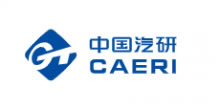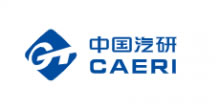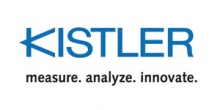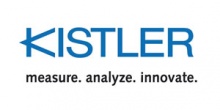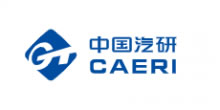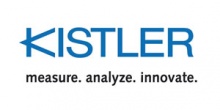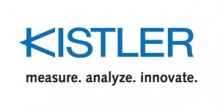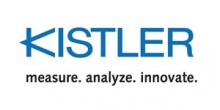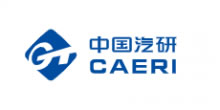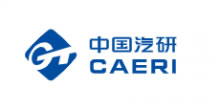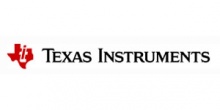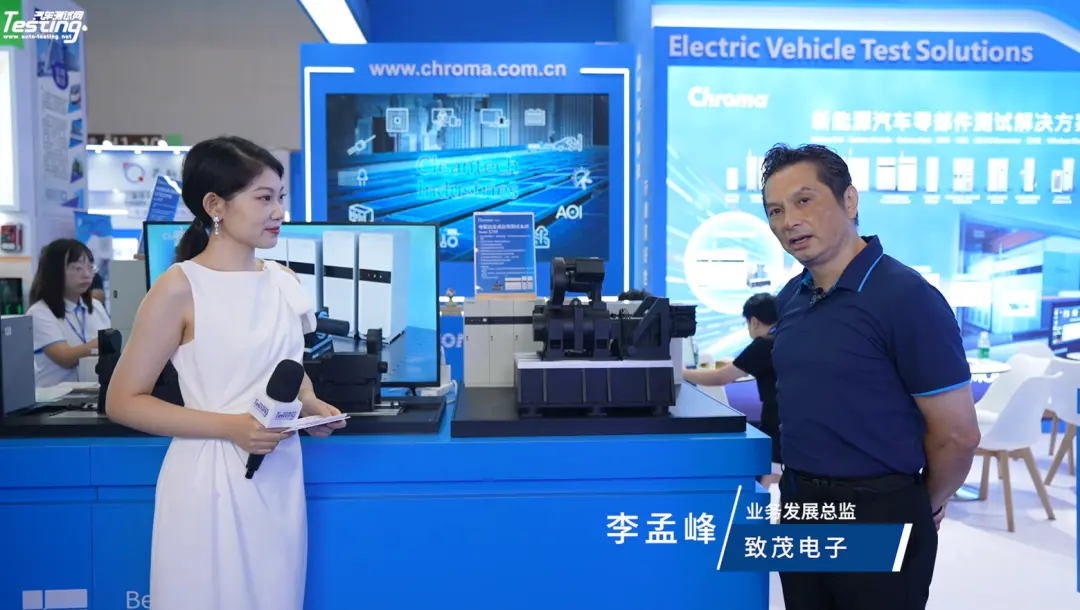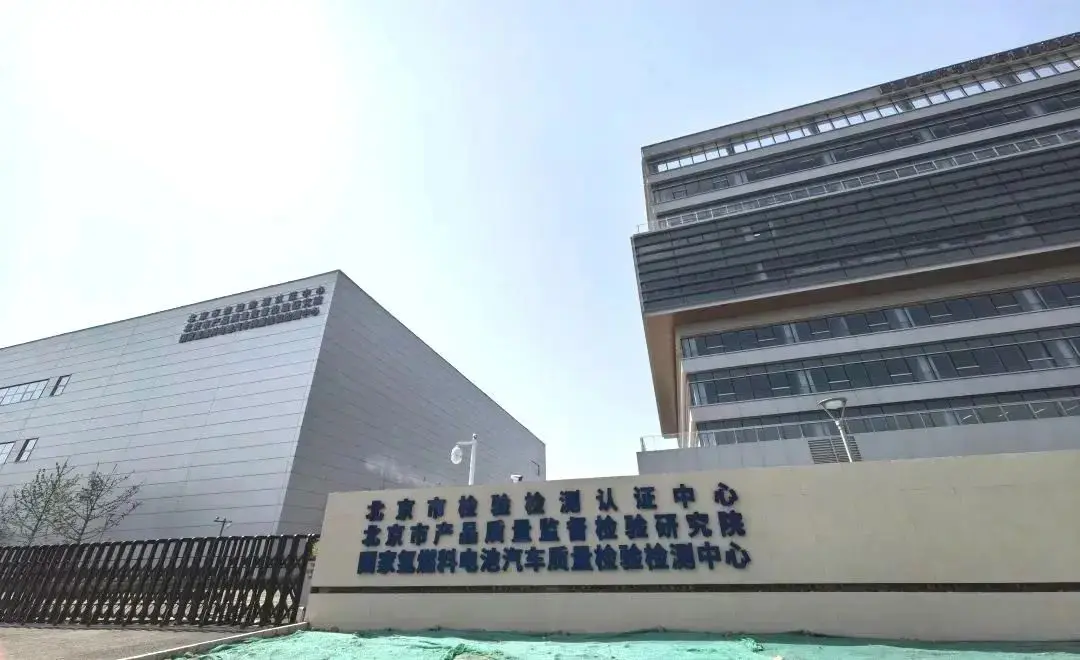车辆减速过程中发动机转速模型预测控制
We consider the speed control of a spark ignition engine during vehicle deceleration. When the torque converter bypass clutch is open the engine speed needs to be kept close to the turbine speed to guarantee responsiveness of the vehicle for subsequent accelerations. However, to maintain vehicle drivability, undesired crossing between engine speed and turbine speed must not occur, despite the presence of significant torque disturbances. Hence, the engine speed during vehicle decelerations needs to be precisely controlled by feedback control, which has to coordinate airflow and spark timing and enforce several constraints including engine stall avoidance, combustion stability, and actuator limits.
我们考虑了火花点火发动机在车辆减速过程中的速度控制。当液力变矩器旁路离合器打开时,发动机转速需要保持接近涡轮转速,以保证车辆对后续加速度的响应性。然而,尽管存在显著的转矩扰动,为了保持车辆可驾驶性,不能发生非预期的发动机转速和涡轮速度交叉。因此,车辆减速期间的发动机速度需要精确地通过反馈控制来控制,反馈控制必须协调气流和火花正时,并避免发动机失速、且满足燃烧稳定性和致动器限制在内的多个约束。
In today’s vehicles the powertrain control system is being continuously refined to improve fuel economy, emissions, safety, and drivability, thus making the vehicles more economical, sustainable, safe, and fun to drive. Drivability is the capability of the vehicle to be responsive and predictable to the driver’s commands. While good drivability often goes unnoticed by the driver, poor drivability may lead to low driver confidence in the vehicle.
在当今的车辆中,动力总成控制系统不断完善,以提高燃油经济性、排放、安全性和驾驶性,从而使车辆更加经济、可持续、安全和驾驶乐趣。驾驶能力是车辆对驾驶员指令的响应能力和可预测性。虽然良好的驾驶性能经常不被驾驶员注意到,但驾驶性能差可能导致车辆驾驶员信心低。
For vehicles equipped with standard automatic transmissions, the drivability effects are noticeable during vehicle deceleration. When the vehicle is decelerating and the torque converter bypass clutch is open, the torque provided to the vehicle is related to the turbine-engine speed ratio [1]–[4], the ratio between the speeds of the engine and of the torque converter turbine, which is connected to the gearbox input shaft. In order to obtain a consistent behavior, to maintain vehicle responsiveness, and to achieve high fuel economy, the engine speed during deceleration has to be precisely controlled. In spark ignition (SI) engines such control is achieved by manipulating the airflow and the spark timing, which, however, are subject to several constraints, including limits imposed by combustion stability and engine breathing.
对于装备有标准自动变速器的车辆而言,在车辆减速过程中驾驶性能是显著的。当车辆减速和液力变矩器旁路离合器打开时,提供给车辆的扭矩与涡轮发动机速比,发动机转速和液力变矩器涡轮之间的比率有关,后者与变速箱输入轴相连。为了获得一致的行为,以保持车辆响应性,并实现高燃料经济性,必须精确控制减速期间的发动机速度。在火花点火(SI)发动机中,这样的控制是通过操纵气流和火花正时来实现的,然而,它受到多个约束,包括由燃烧稳定性和发动机呼吸所施加的限制。
Model predictive control (MPC) systematically ad-dresses the problem of achieving multiple objectives while enforcing constraints on vehicle inputs and states. Thus, it has the potential of significantly simplifying design and calibration of multivariable control systems. Furthermore, the execution of MPC controllers at high rate and with low computing power can be achieved by using the explicit MPC feedback law.
模型预测控制(MPC)系统地提出了在实现车辆输入和状态约束的同时实现多个目标的问题。因此,它有可能大大简化多变量控制系统的设计和校准。此外,通过使用显式MPC反馈定律,可以实现高速率和低计算功率的MPC控制器的执行。
A well known speed control problem in automotive is Idle Speed Control (ISC) [20]. In ISC the engine speed is regulated to a constant setpoint using throttle (or bypass valve, in older engines) and spark timing, while rejecting disturbances caused for instance by air-conditioning and power steering pump load. Since the setpoint remains mostly constant, ISC operates in very specific, and almost stationary, engine operating conditions. The challenges in ISC are the time delay in the airpath and the reduced and varying authority of the spark actuation.
众所周知,汽车的速度控制问题是怠速控制(ISC)〔20〕。在ISC中,使用节流阀(或旁通阀,在较旧发动机中)和火花正时调节发动机转速,同时排除由空调和动力转向泵负载引起的干扰。由于设定点基本上保持恒定,ISC工作在非常具体的、几乎静止的发动机运行工况中。ISC面临的挑战是空气路径中的时间延迟和火花驱动的减少和变化。
While similar in terms of manipulated and controlled variables, engine speed control during deceleration is significantly more challenging than ISC, since the controller operates across several engine operating conditions, i.e., speeds and loads. The controller has to track various reference profiles generated by the vehicle control system according to the type of deceleration (braking, coasting, creeping, etc.). Some reference profiles can be rapidly changing (e.g., during braking), while others may be almost constant (e.g., during creeping). In all these conditions the controller must track the reference profile with small error (e.g., less than 50rpm), to provide a smooth and predictable deceleration (i.e., consistent in repeated maneuvers), and to maintain vehicle responsiveness to subsequent accelerations while avoiding undesired lash crossing events. The engine deceleration controller needs to counteract the disturbances that affect the idle controller. In addition it has to regulate the engine speed after a gear-shift, to engage from transient conditions, and to respond to reference profiles changing with rates that may not be achievable.
虽然在操纵和控制变量方面相似,但减速期间的发动机速度控制比ISC更具挑战性,因为控制器在多个发动机操作条件下运行,即速度和负载。控制器必须根据减速的类型(制动、滑行、爬行等)来跟踪由车辆控制系统产生的各种参考轮廓。一些参考轮廓可以迅速改变(例如,在制动期间),而其他参考轮廓几乎是恒定的(例如,在爬行期间)。在所有这些条件下,控制器必须跟踪具有较小误差(例如小于50rPM)的参考轮廓,以提供平滑且可预测的减速,并保持车辆对后续加速度的响应性,同时避免发生不希望的事件。发动机减速控制器需要抵消影响怠速控制器的干扰。此外,它必须在换档后调节发动机转速,以从瞬态条件出发,并响应于可能无法实现的速率变化的基准曲线。
The deceleration controller receives the powertrain state (engine speed, torque, etc.) from the vehicle sensors and estimators, and the desired engine speed and constraints from the vehicle control system. The controller commands the base torque, the maximum achievable indicated torque for the current airflow, and the torque ratio, the percentage of the base torque that is actually produced through spark modulation. The commanded base torque and the torque ratio are achieved by electronic throttle control and spark timing control implemented in lower level control functions that may exploit additional powertrain state variables, such as maximum brake torque (MBT) ignition angle [21], engine temperature, manifold pressure, etc. By this architecture, the engine deceleration control is decoupled from the actuator control, and hence the complexity of control design is reduced, and the resulting control system is modular.
减速控制器接收来自车辆传感器和估计器的动力传动系状态(发动机速度、扭矩等)以及来自车辆控制系统期望的发动机速度和约束。控制器控制基本转矩、当前气流的最大可实现指示转矩和转矩比,通过火花调制实际产生的基本转矩的百分比。命令的基础扭矩和扭矩比是通过电子节气门控制和点火定时控制实现的,在下级控制功能中,可以利用额外的动力传动系状态变量,例如最大制动扭矩(MBT)点火角(21),发动机温度,歧管。通过这种结构,发动机减速控制与执行器控制解耦,从而降低了控制设计的复杂性,并且得到的控制系统是模块化的。
In today’s SI engines the air-to-fuel ratio is tightly controlled to stoichiometry to maintain efficiency of the three-way catalyst which reduces emissions [22], and, as a consequence, it is not a manipulated variable for the engine deceleration control. Also, since it is tightly controlled to a constant value, the impact of air-to-fuel ratio fluctuations on the engine speed dynamics can be neglected [16].
在当今的SI发动机中,空气燃料比被严格控制到化学计量以保持三效催化剂的效率,从而降低排放,因此,它不是用于发动机减速控制的操纵变量。此外,由于它被严格控制到一个恒定值,空气-燃料比波动对发动机速度动力学的影响可以忽略。
The deceleration controller needs also to enforce constraints on state and control variables. The airflow cannot decrease below a minimum value, otherwise the combustion becomes unstable [21]. Similarly, an upper bound on the airflow has to be enforced, due to engine breathing conditions. Both these bounds vary significantly during deceleration. The torque ratio achieved by spark timing is also limited. Finally, the engine speed must be maintained above a given threshold designed conservatively to avoid engine stalls .
减速控制器还需要执行对状态和控制变量的约束。气流不能降到最小值以下,否则燃烧变得不稳定。类似地,由于发动机的呼吸条件,气流的上界必须被强制执行。这两个界限在减速过程中变化很大。通过点火正时实现的转矩比也受到限制。最后,发动机转速必须保守设计让其保持在给定的阈值以上,以避免发动机熄火。
The design of classical controllers (e.g., PID-based) that achieve all these requirements can be cumbersome due to the need for selecting an appropriate logic to coordinate the control channels and to enforce saturation and anti-windup for dealing with the constraints. This may result in long development and calibration time and sub-optimal performance.
实现所有这些要求的经典控制器(例如,基于PID)的设计可能是繁琐的,因为需要选择适当的逻辑来协调控制信道,并执行饱和和反饱和处理约束。这可能导致很长的开发和校准时间和次优性能。
 广告
广告 编辑推荐
最新资讯
-
基于博弈论的四轮转向-四轮独立驱动自动驾
2025-11-05 11:01
-
电动汽车车架强度性能分析
2025-11-05 11:00
-
一汽成立新公司
2025-11-05 10:50
-
电动汽车车架刚度性能分析与对比
2025-11-04 16:56
-
重磅!吉利收购雷诺巴西26.4%股份!
2025-11-04 10:51





 广告
广告



